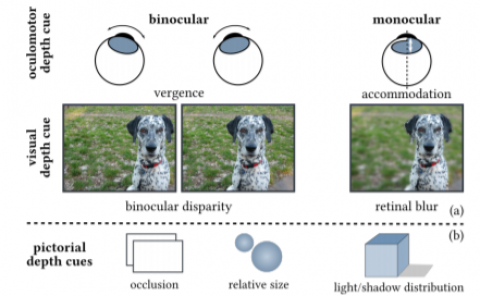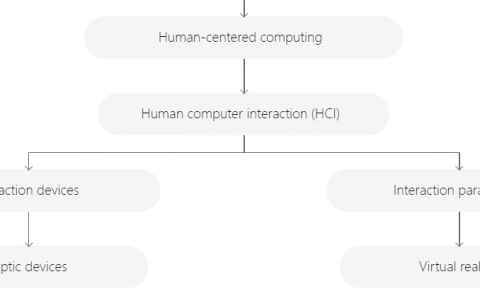Quality of Experience Comparison of Stereoscopic 3D Videos in Different Projection Devices: Flat Screen, Panoramic Screen and Virtual Reality Headset
PubDate: January 2021
Teams: RMIT University;University of Technology Sydney
Writers: Siu-Ming Choy; Eva Cheng; Richardt H. Wilkinson; Ian Burnett; Michael W. Austin

Abstract
The use of Stereoscopic 3D (S3D) videos has been popular in commercial markets with ongoing developments in the field of visual entertainment in recent years. A wide variety of projection methods of 3D video content is currently available, such as projection to a panoramic screen and projection of omnidirectional video content from head mounted displays using Virtual Reality (VR) technology. This article investigates the Quality of Experience (QoE) and associated Visually Induced Motion Sickness (VIMS) caused by the viewing of S3D videos. The investigations used three different projection screens: a 3D flat screen, a 3D panoramic screen in a hemispherical shaped room and a VR headset. Several assessment methods including a Simulator Sickness Questionnaire (SSQ), ElectroEncephaloGraphy (EEG), and measurement tools for eye blink rate detection were applied to measure the QoE experienced by viewers. The SSQ scores were also compared with the behavioral data such as attention and meditation levels and enjoyment ratings acquired from different video content and projection screens. The results indicate that the projection screen is a key factor affecting the level of visual fatigue, VIMS and QoE assessments, which are discussed in-depth in the article.



